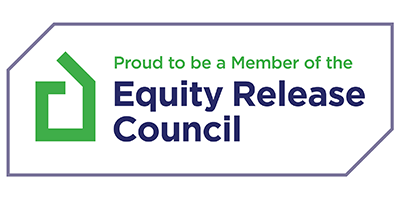In this article
A remortgage is when you move your mortgage from one lender to another. You remortgage to switch lenders for two main reasons:
- To get a better rate – A remortgage will allow you to search the market to get a better interest rate, saving you lots of money throughout your loan. New fixed-rate deals are available when you remortgage, typically over 2, 3 or 5 years, along with tracker, variable, and other kinds.
- To make changes – A remortgage is a good time to see if your mortgage term is still suitable, add or remove names, or borrow more money to repay debts, home improvements, or any other reason.
A mortgage broker will guide you through the remortgage process, discuss any alternatives, and recommend the best way forward based on your situation.
How to Remortgage
Explained in 1 min 45 seconds
Find more videos like this on MoneymanTV
What is the process for remortgaging?
The process for remortgaging is relatively straightforward if you are not looking to make any changes to your mortgage.
A good place to start is comparing any product transfer mortgage rate that is being offered by your existing lender to what is available elsewhere.
Any associated fees with switching lenders should also be factored in so you can compare on a like-for-like basis. As part of our remortgage advice service, we’ll do this for free for you.
If you can save money by switching, remortgaging is a good idea to keep your outgoings to a minimum. The process will take about 4-8 weeks in total and will involve.
Is it easy to remortgage a house?
Yes, it’s easy to remortgage a house if there is no additional borrowing or changes involved. It can be tricky to remortgage if:
- You’re self-employed.
- You receive overtime/bonus payments.
- Irregular or fluctuating income.
- Unusual property type.
- You’re borrowing at a high loan-to-value ratio.
- Your credit score or level of debt.
- Raising capital remortgage.
- Amending the names on the mortgage.
- Extending or shortening the term of your loan.
- Remortgage to repay your help to buy.
- Debt consolidation remortgage to repay loans or credit cards.
- Raising money for home improvements via remortgaging.
- Anything else or something more complicated?
As part of the remortgage process, you’ll have to provide documentation such as 3 months’ payslips, 3 months bank statements, identification, any ad-hoc documents that may be required by your lender on a case-by-case basis.
When should you start to remortgage?
It’s a good idea to be on the ball when starting your remortgage process, 6 months before your current product expires is the ideal time.
Usually, you can secure a new rate 3 to 6 months before your existing deal ends, giving you peace of mind about what your new payment will be.
Don’t worry, if rates fall after you have secured a deal, most lenders will let you switch to the new cheaper deal.
Your mortgage broker will help you with this to ensure you’re always going to get the best rate available.
If interest rates are falling when you are considering starting your remortgage process, then be careful of doing too many online searches and applications with different lenders.
All the credit searches will have an impact on your credit score and could affect your chances of being accepted for a while.
Using a mortgage broker will improve your chances of getting accepted due to your experience and knowledge of lending criteria.







